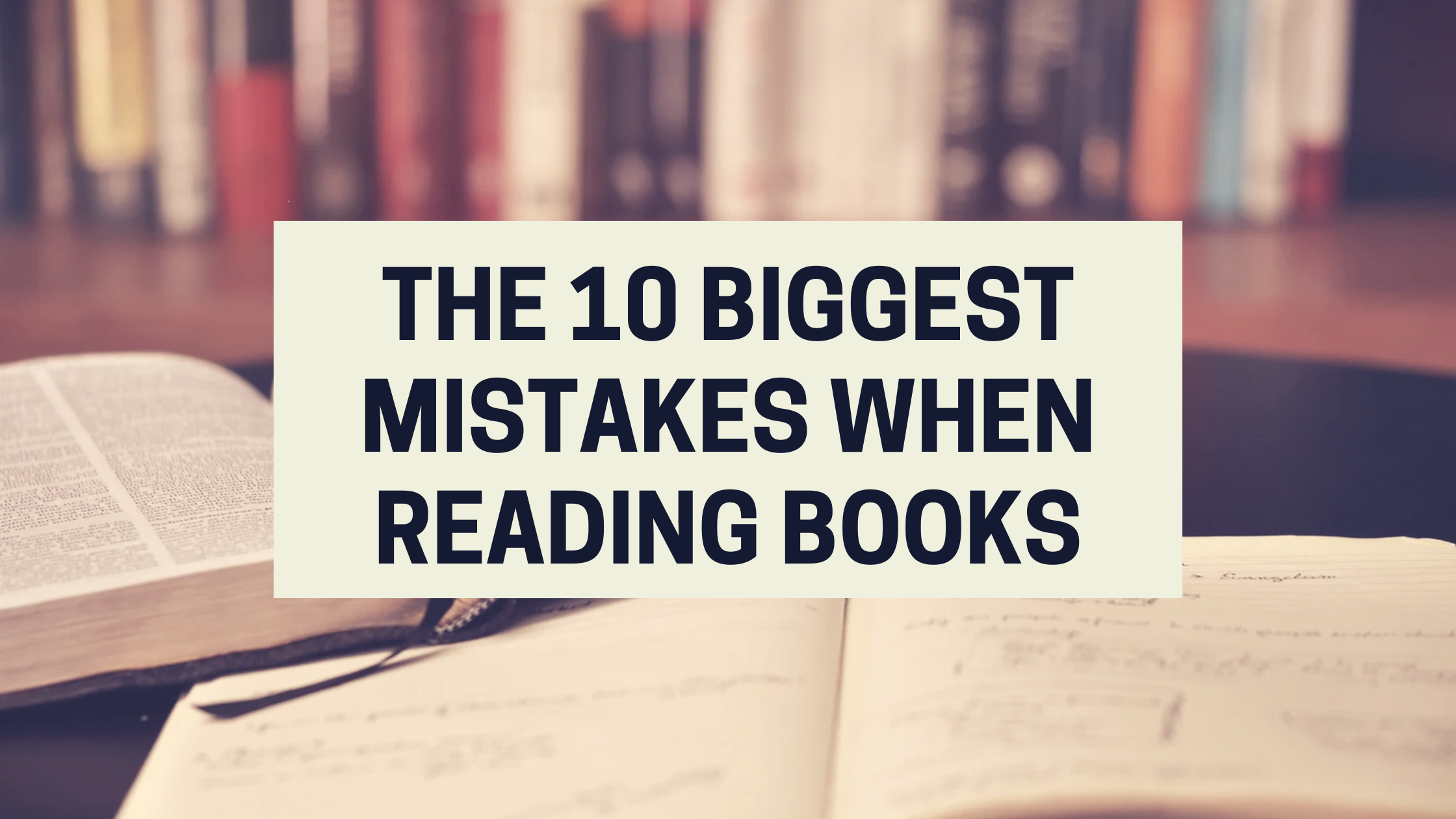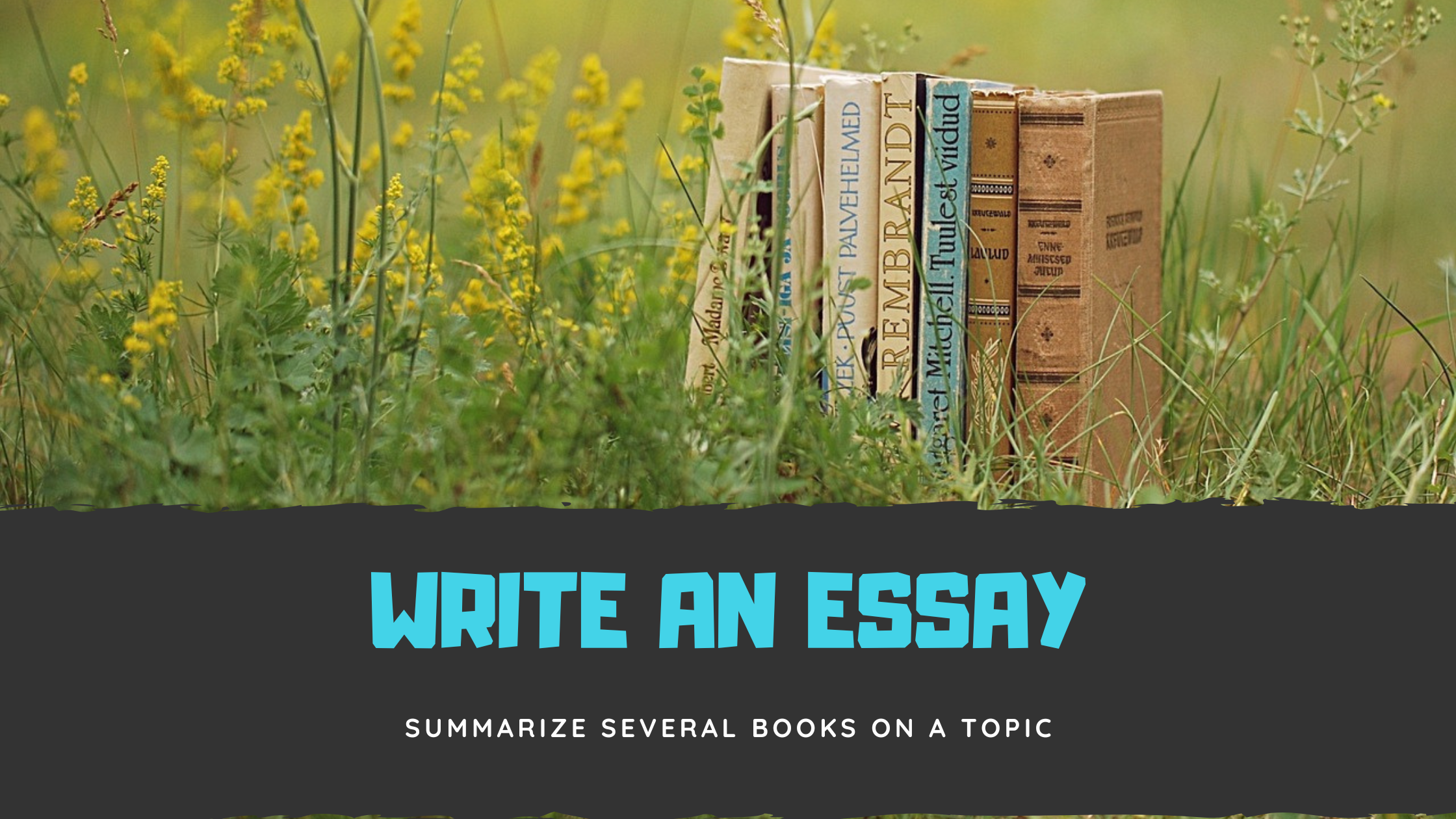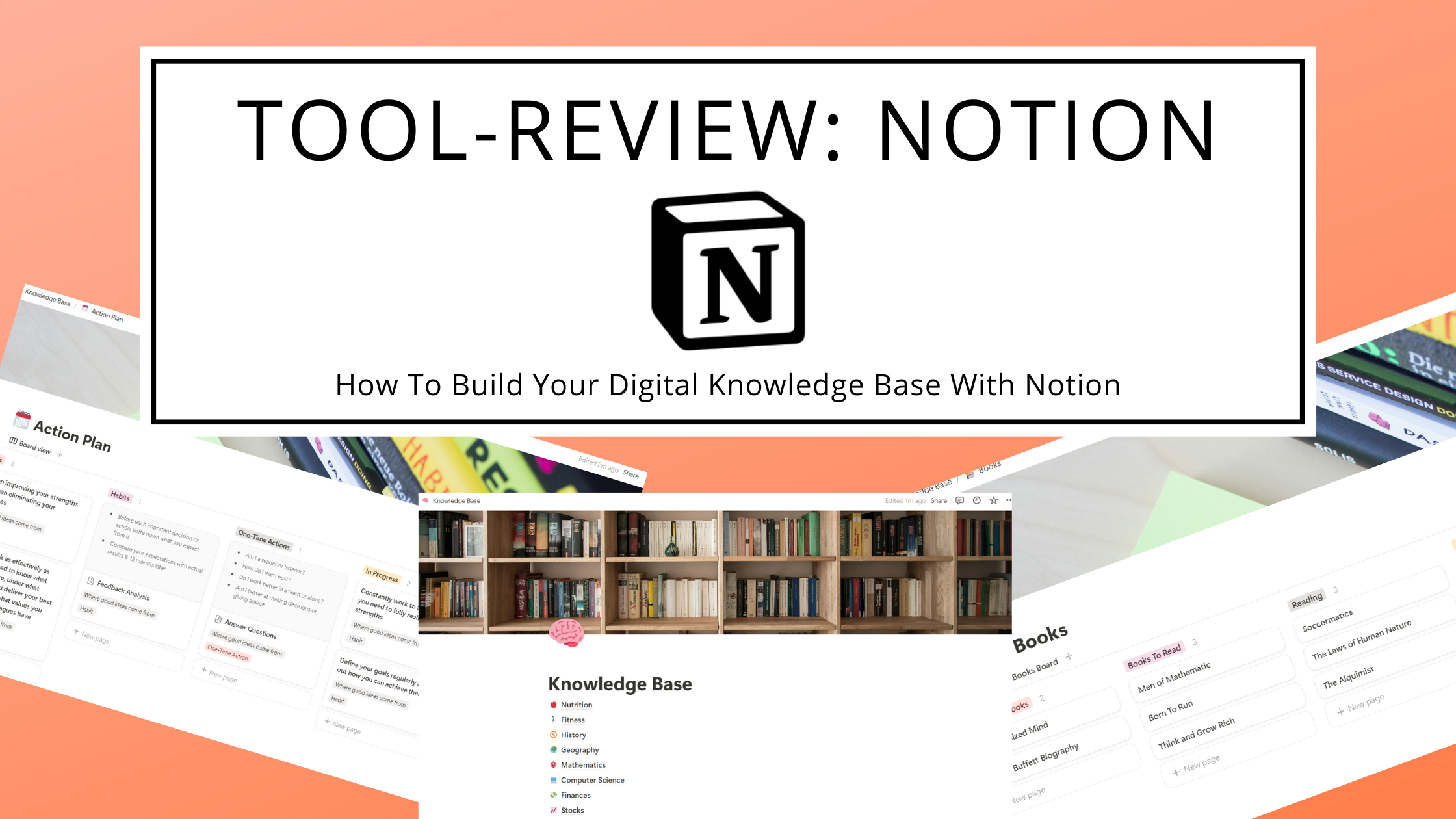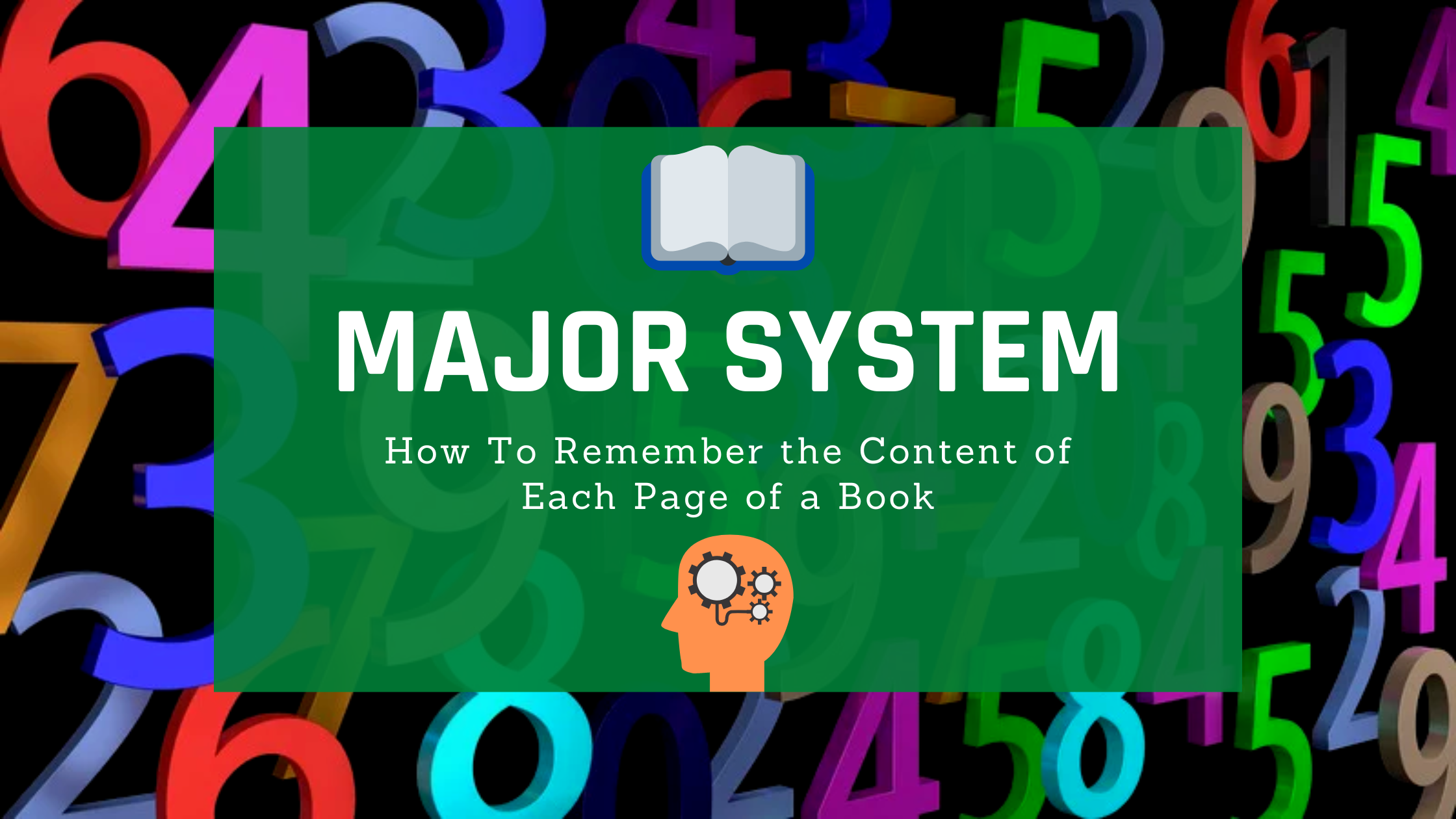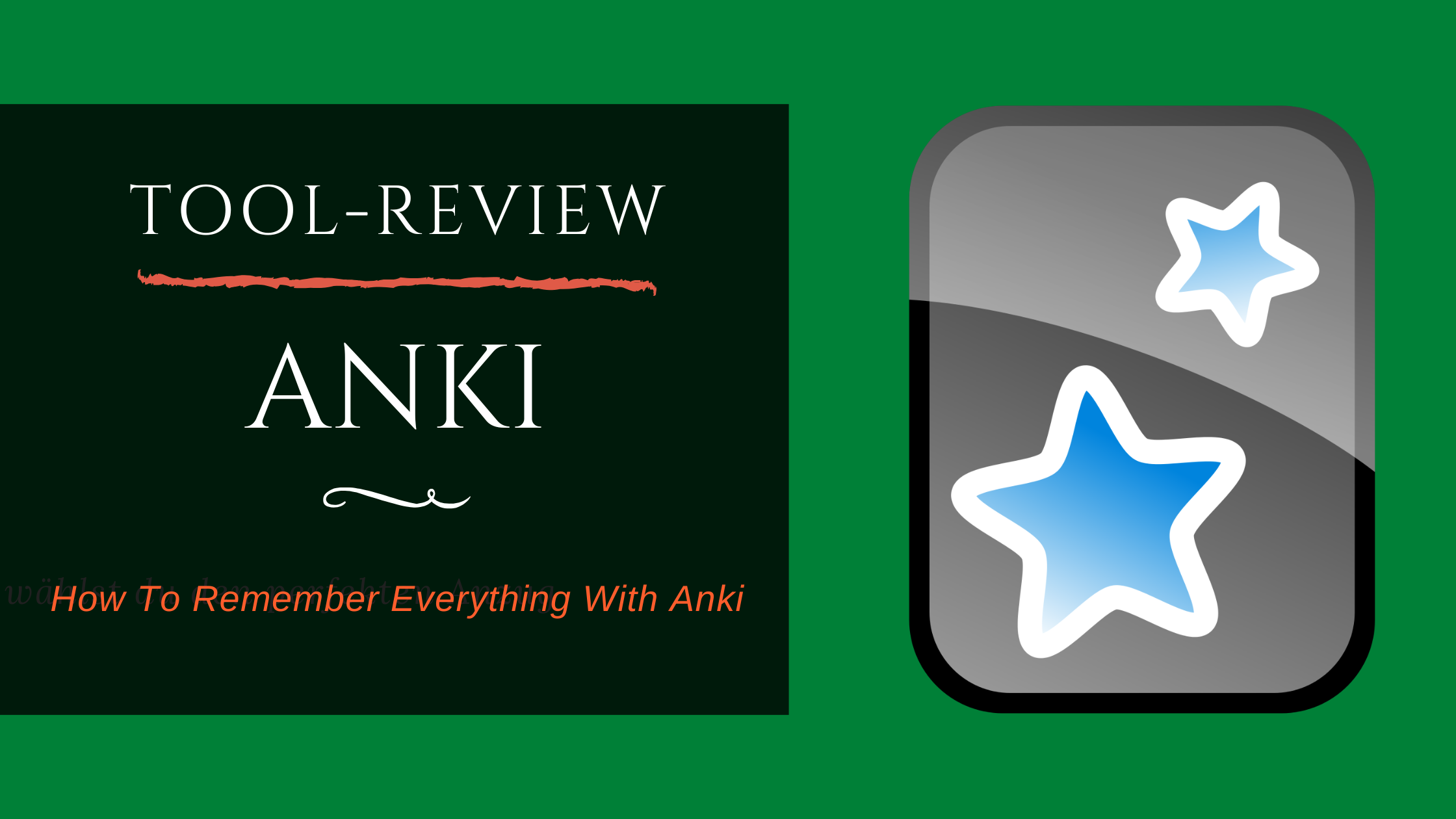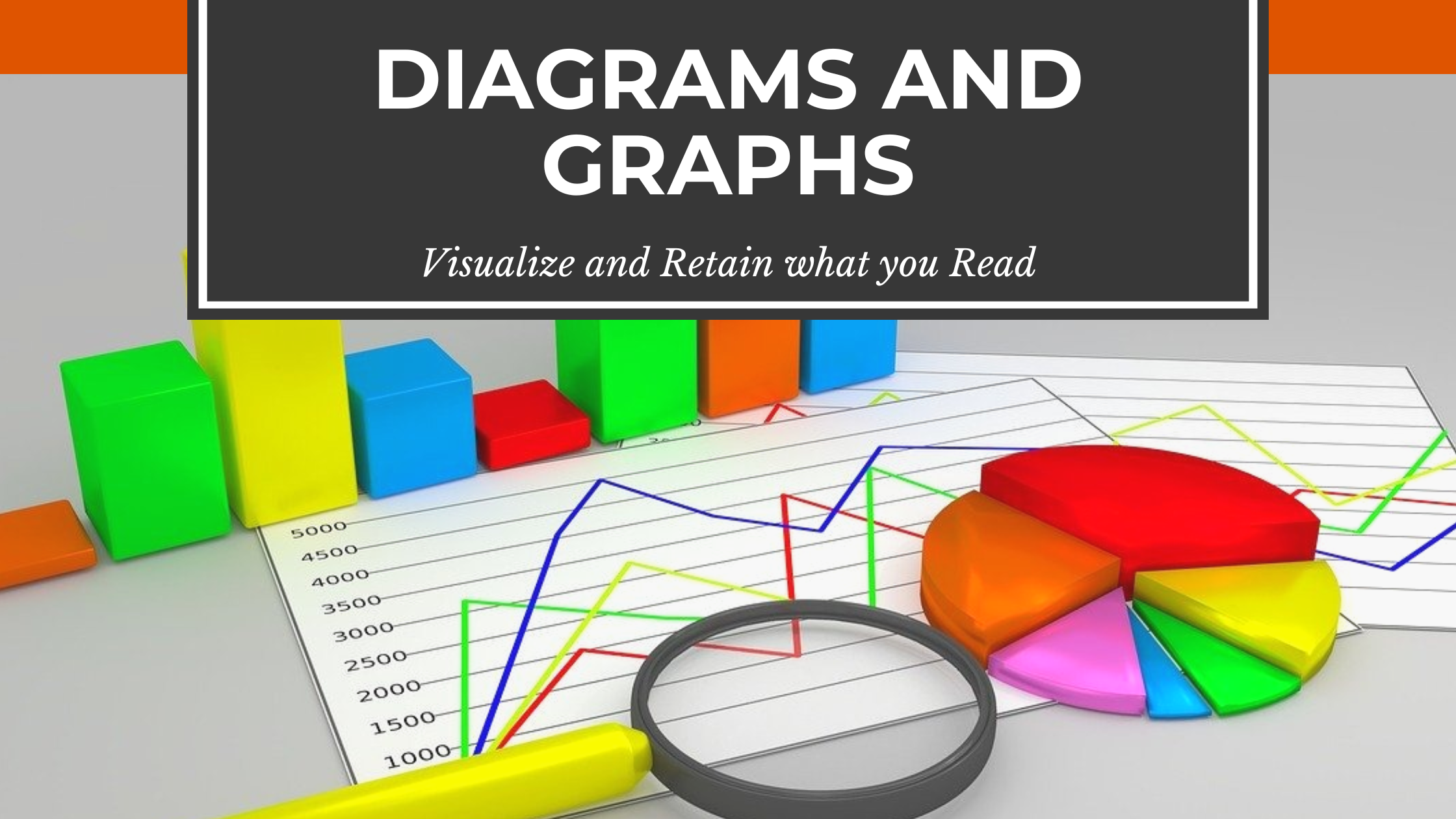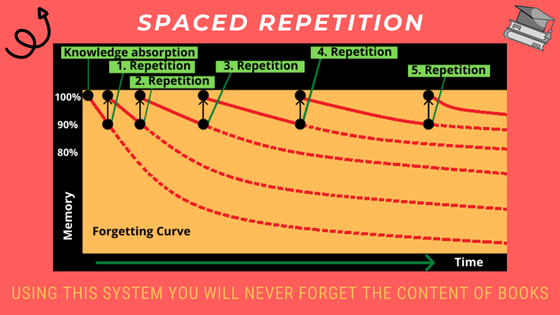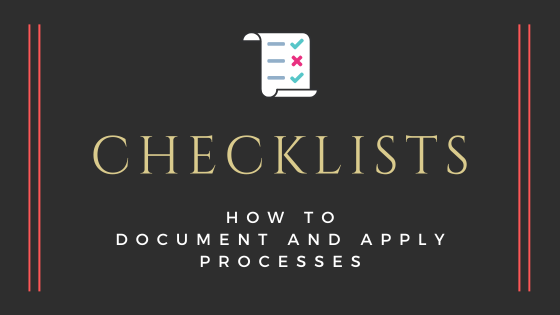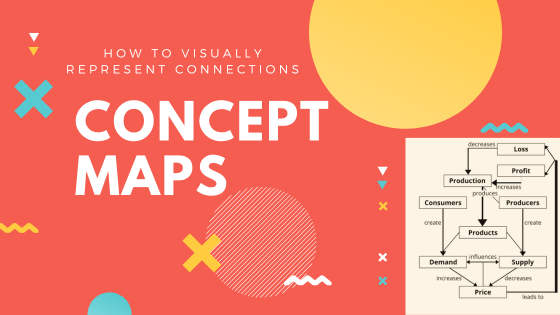Category: Summarizing Books
People often make the following ten mistakes when reading books, which significantly reduce the effectiveness and efficiency of reading. Here, you will learn how to avoid these ten errors and thereby maximize the benefits of reading books. The description of these ten mistakes can also serve as a summary of...
An essay is a written elaboration on a question or topic. Therefore, writing an essay is an excellent way to summarize a subject that is addressed in one or more books. The first step in creating an essay is choosing a topic. This can be a self-formulated question or a...
Notion is an application for notetaking, planning, and project management. It offers all the functions needed to serve as an ideal tool for building a digital knowledge base. This section will explain how you can manage, summarize, and apply books using Notion. In Notion, you can create folders, blank documents,...
The major system, often also called the master system, is a memory technique for memorizing numbers as mental images. The major system is based on the concept that images are significantly more memorable for the human brain than numbers. To use the major system, each digit in a number is...
Anki is a program that helps with memorization. Like a flashcard system, Anki relies on the concepts of spaced repetition and active retrieval of learning material. However, compared to a flashcard system, Anki digitizes and largely automates this process. Spaced Repetition As described in the previous section, it’s essential to...
Diagrams, drawings, and visual representations are ideal for illustrating the content of texts and books. They effectively display developments and relationships in a clear and organized manner, helping to summarize information concisely. Creating and viewing these visualizations also enhances the reproducibility of what has been read, as these images are...
The first step in storing the contents of a book is to summarize its key points in writing after reading. This summary should then be filed in your knowledge base, allowing you to refer back to it and review as needed. Afterward, you can apply the spaced repetition system described...
The Feynman technique helps you simplify complex processes and relationships. This makes it easier for you to understand, remember, and explain them to others. In the Feynman technique, you describe a concept as simply as possible. You try to explain the concept in a way that a child or a...
Checklists are an excellent way to outline and document recurring processes and procedures, allowing you to reuse a learned sequence whenever you need it. For instance, if you learn a useful method while reading that you may need multiple times or regularly, it’s helpful to create a checklist of that...
The textual description of concepts and relationships is usually time-consuming to create and difficult to understand. In contrast, concept maps are much simpler and more illustrative. Concept maps are excellent tools for summarizing concepts or subject areas, as they visually represent the key terms and their relationships in a diagrammatic...

